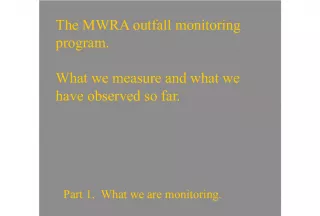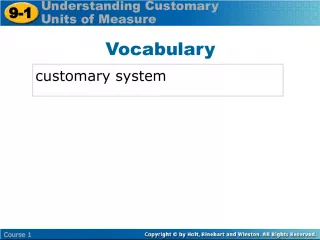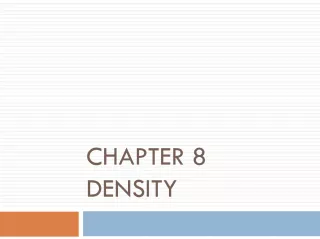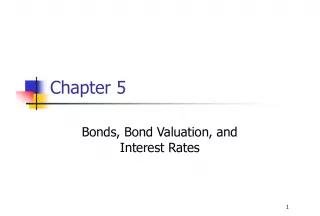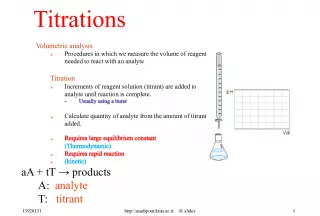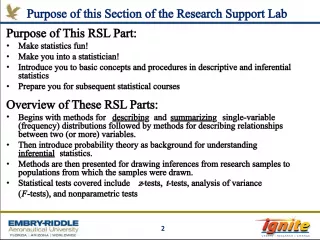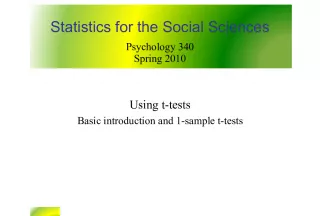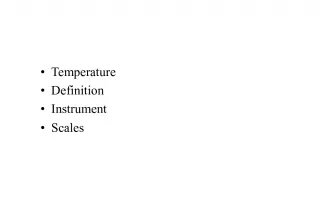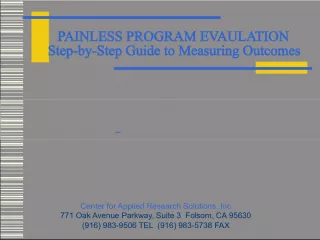Understanding Standardized Tests: What They Measure and How They Measure
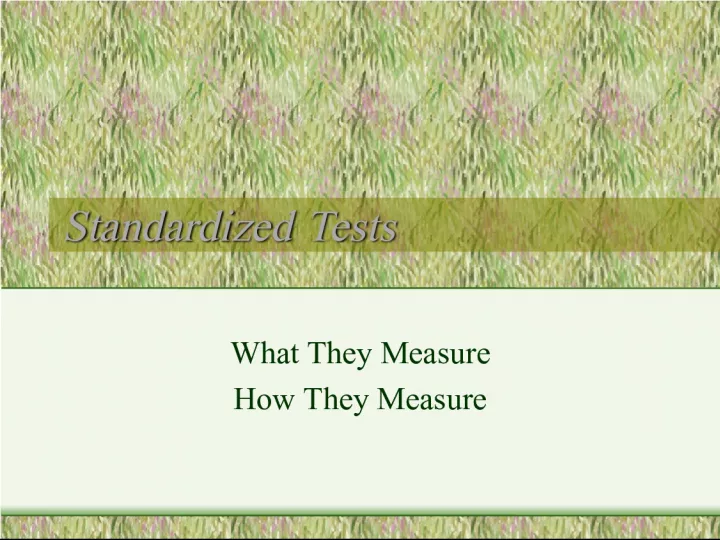

This article explains the purpose and construction of standardized tests, which are created by experts and administered with specific procedures to assess students' performance.
- Uploaded on | 3 Views
-
 anthonyhuel
anthonyhuel
About Understanding Standardized Tests: What They Measure and How They Measure
PowerPoint presentation about 'Understanding Standardized Tests: What They Measure and How They Measure'. This presentation describes the topic on This article explains the purpose and construction of standardized tests, which are created by experts and administered with specific procedures to assess students' performance.. The key topics included in this slideshow are Standardized tests, test construction, curriculum experts, teachers, school administrators, performance assessment,. Download this presentation absolutely free.
Presentation Transcript
1. Standardized Tests Standardized Tests What They Measure How They Measure
2. Construction: Construction: Constructed by test construction experts Assisted by curriculum experts, teachers, and school administrators Administered and scored according to specific and uniform (i.e. standard) procedures
3. Purpose: Purpose: To determine a students level of performance relative to the performance of other students in similar age and grade
4. Type: Criterion-Referenced Test Type: Criterion-Referenced Test Comparison is made to meeting a criterion or absolute standard Helps develop proficiency in or master of some skill or set of skills Helps determine if student needs more work with a skill. Does not rank or place PSSA tests
5. Type: Norm-Referenced Test Type: Norm-Referenced Test Students are compared to a norm or average of performance by other similar students. Helps to determine place or rank
6. How are tests normed? How are tests normed? Compiled from scores of students who took the tests years earlier when the test was being developed or revised Current test takers do not affect the norm
7. The Bell Curve The Bell Curve
8. Comparison with Other Students Comparison with Other Students Grading on a Curve or Norm Referenced Grade % of Students A 10 B 25 C 40 D 20 F 5
9. Problems with Normed Tests Problems with Normed Tests Group tested can vary greatly from group who normed the test May not match curriculum May not match schedule (traditional vs. block)
10. Student-Related Issues Student-Related Issues Age, Sex, and Development Motivation Emotional State Disabilities
11. Test Bias Test Bias The presence of some characteristic of an item that results in differential performance for individuals of the same ability but from different ethnic, cultural, socio-economic, or religious groups
12. Interpreting Scores: Grade Equivalents Interpreting Scores: Grade Equivalents Biggest Problem: People interpret them as a standard rather than a norm! They are estimates above or below grade level 7th grader has 11.3 reading grade level Only students one year below and above were tested Equal distance in scores do not necessarily reflect equal distance in achievement. Growth from 2.6 to 3.6 is not the same as growth from 7.6 to 8.6 (more sophisticated skills)
13. Age Equivalents Age Equivalents Same issues as grade equivalents Used often to ascertain normal child development Have not attracted widespread acceptance in schools
14. Percentile Rank Percentile Rank Not a percentage! Best indicator: Comparison are within grade level Less likely to be considered as standards for performance Easiest for all to understand Percentile rank of 62 means the student scored 62 % better than those who took the test.
15. Stanine Stanine 1-9 levels of markings to show where student falls in the norm referencing. It is same as percentile. 5 is average. Every other number is a certain standard deviation above or below the mean (average).




